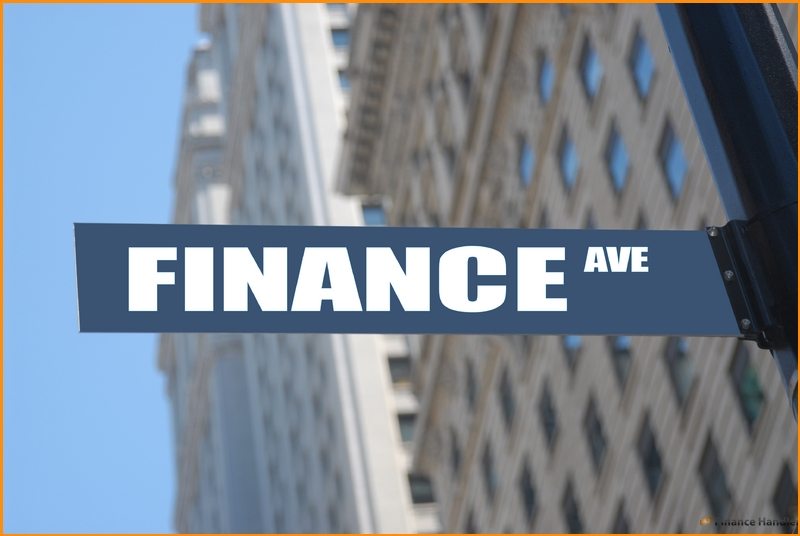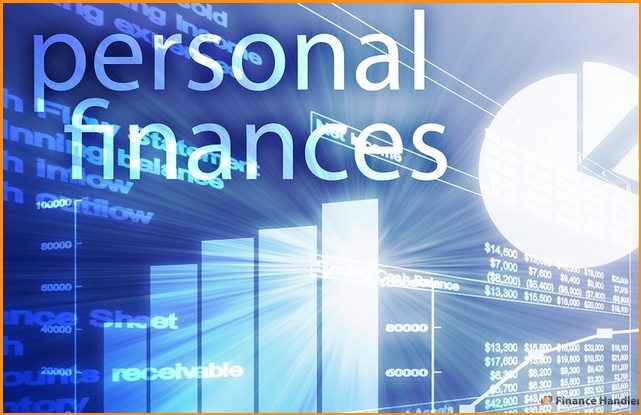CFD tracding is popular in many countries and regions worldwide. Adding CFDs to your trading arsenal could provide you with the opportunity to use leverage as well as access to many different trading strategies that you may not have known were available. When trading CFDs, you can choose from a wide range of instrument types including shares, commodities, indices, ETFs, cryptocurrencies and foreign currencies. But before we go on, let’s take a deeper look at what CFDs are and what trading them entails.
What is a Contract for Difference?
A Contract For Difference or CFD is a financial contract between you and a counterpart (the broker). In all cases, there is a seller and a buyer. The seller will pay the buyer the difference between the purchase price and the selling price if the difference is a positive number. The reverse is true if the number is negative. For example, if you bought a CFD for $100 and the selling price of the CFD is $110, the buyer would receive $10 from the seller.
Contracts for differences were invented in the early 1900s in London and were conceived as a form of a swap between two parties. In the late 1990s, CFDs were introduced to retail traders and called financial spread betting. These financial products were exempt from capital gains and provided access to many products traded in the capital markets arena. CFD trading expanded to Australia in 2002 and to the rest of Europe soon after.
A CFD allows you to invest in the price movements of a financial product in both directions (increases as well as decreases) without the need to purchase the underlying asset. For example, if you want to trade WTI oil, you can open a ‘Buy’ deal on a number of contracts if you think the price will increase, or a ‘Sell’ deal if you think the price will decrease.
How Would you Trade a CFD?
Most CFDs are traded through a broker. You can open an account directly with a CFD broker, and they will provide you with access to their CFD product selection. CFD products are generally not fungible. You cannot withdraw your CFD from one brokerage account and add it to another brokerage account.
If you want to remove the capital in your CFD, you will need to either sell it or repurchase it if you are short and then withdraw your funds and transfer it to another broker. You will need to deposit capital with a broker and open a margin account to open a CFD account.
What is Leverage and a Margin Account?
A CFD provides investors with the opportunity to use leverage through a margin account. The margin is a portion of the total value of the position you are trading.
Margin levels will differ by broker. Some brokers might approve you to trade leverage up to 400 to 1, while others might be more comfortable with you trading at 5 to 1. Leverage is the ratio of capital that you need to post from your account to take a position. For example, if you decide that you want to place a trade on the EUR/USD, your broker might require that you post $1 for every $100 worth of position size that you take. So, if you want to take a $10,000 EUR/USD position, your broker might require that you initially have $100 in your account.
In addition to the initial margin, you need to have enough in your account if your position moves against you and generates a negative mark-to-market. This currency figure is called maintenance margin. When your equity balance increases or decreases, your maintenance margin will shift. Your CFD broker wants to ensure that you have enough equity to cover those losses if you start to see unrealized losses in your account. Your broker will not cover those losses for you.
When the losses rise to the level that your maintenance margin will not cover a loss if there is a large move, your broker will require more capital. If you don’t send money immediately, they have the right to sell your positions to cover the mark-to-market losses.
The Bottom Line
The upshot is that CFDs are financial products that can be used to trade an underlying product. The underlying product can be a share, index, commodity, ETF, currency or cryptocurrency. When you open an account with a CFD broker, they will need specific information to allow them to open a margin account. A margin will allow you to trade CFDs using leverage. CFD trading can open up a wide variety of products to trade, providing you with an assortment of investment opportunities—as well as risk, which comes with all types o

